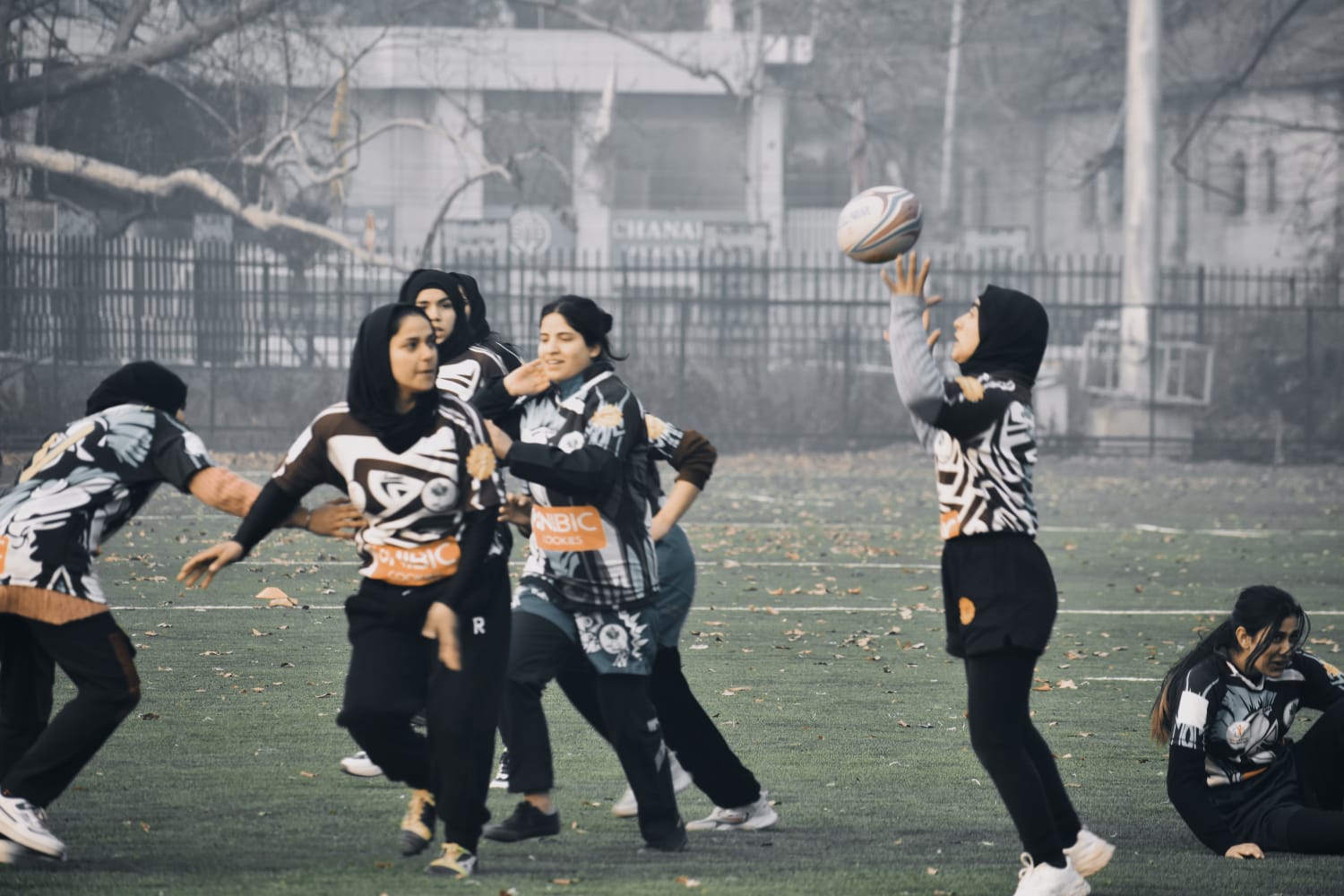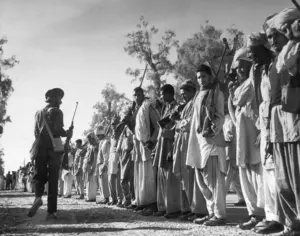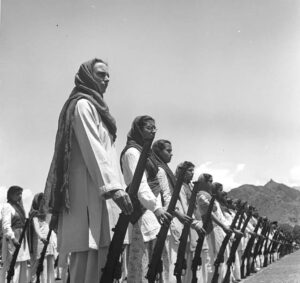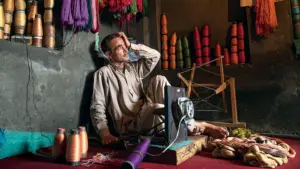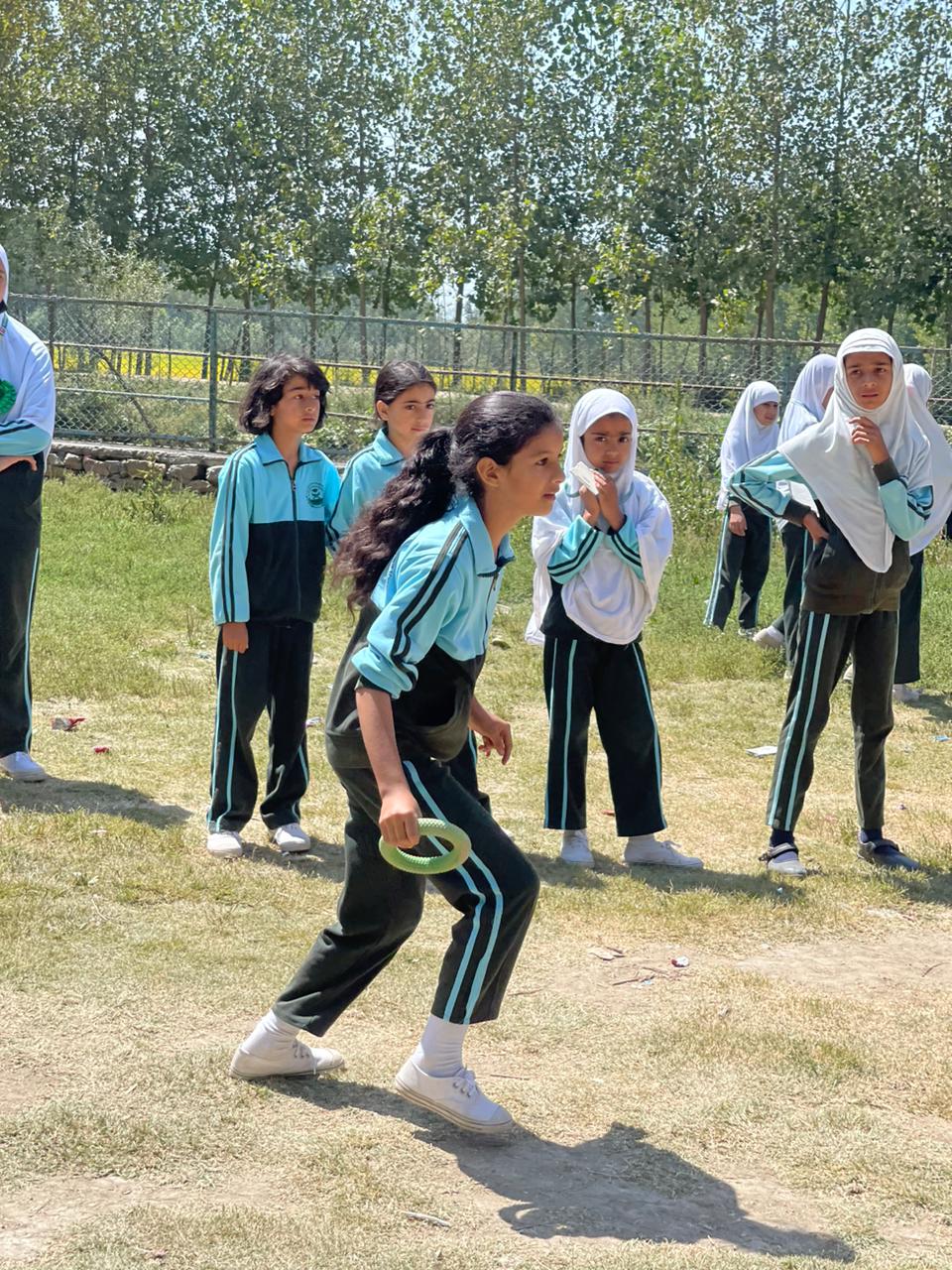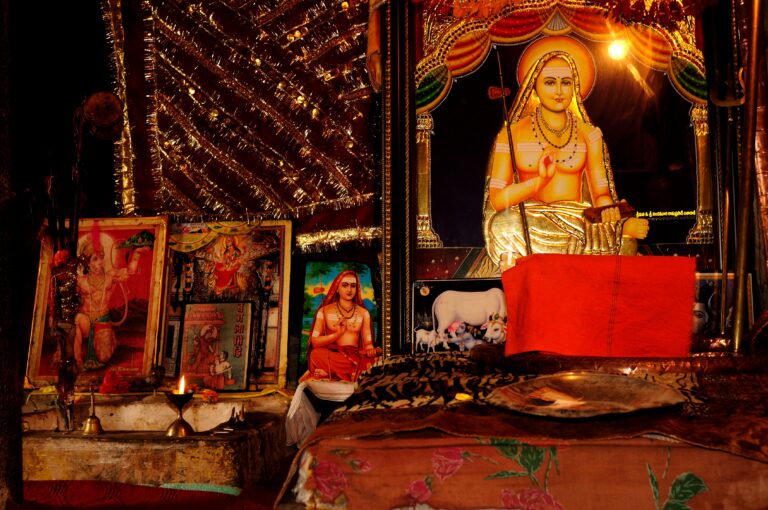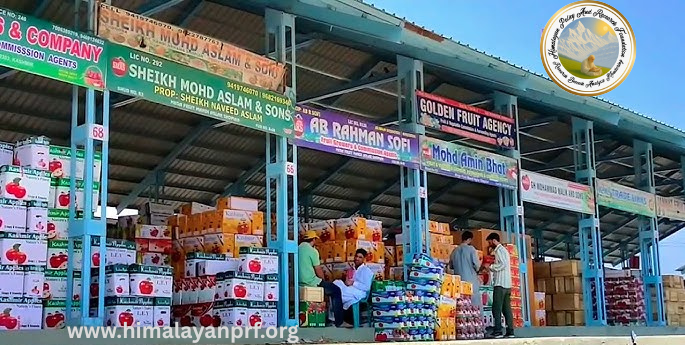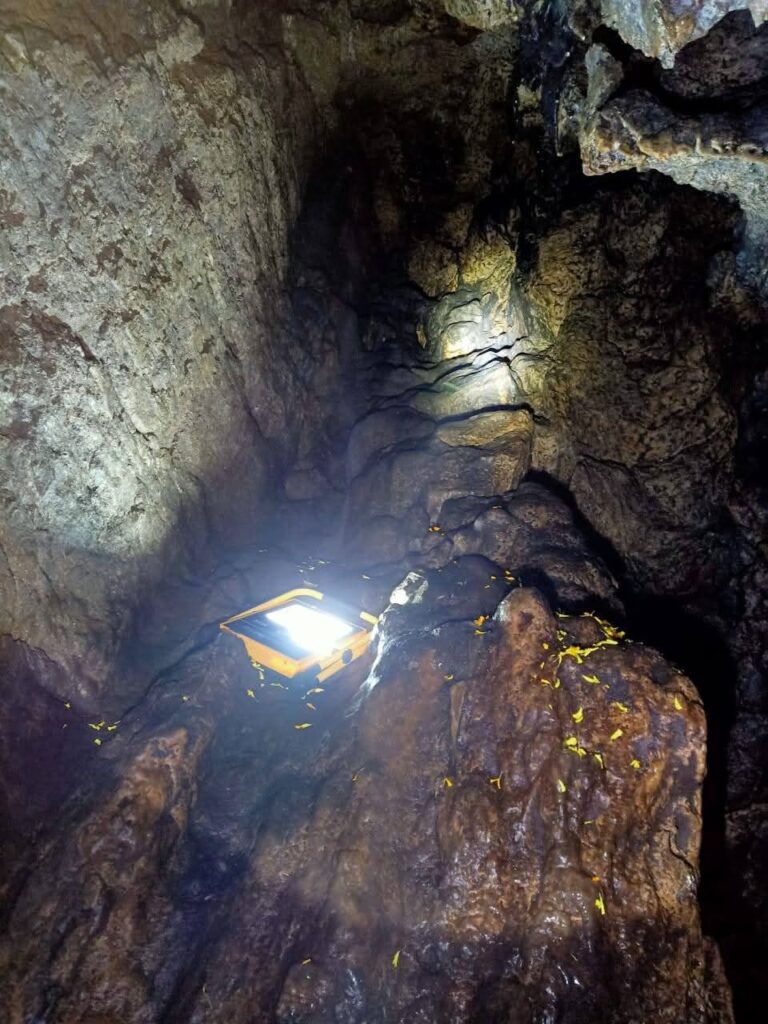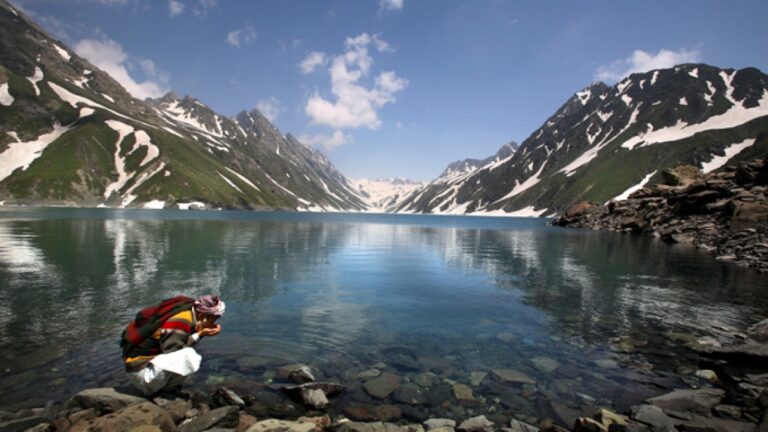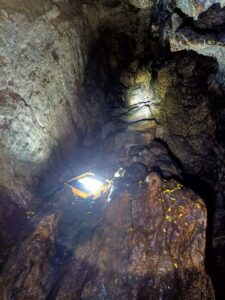Game transforms aggression into Goal settings, loneliness into Team Work , Nervesness into Resilience.
Writes Fasil Ali ( Padma Shree Awardee, Sports Category, 2022).
The Himalayas are not merely mountains; they are metaphors. In Indian civilisational imagination, they have signified not just altitude but aspiration. Jammu and Kashmir, nestled in the lap of these formidable ranges, has historically been a site where the temporal and the transcendent intersect—where nature doesn’t just offer beauty, but demands discipline. In such a space, sport ceases to be a pastime. It becomes a philosophical commitment—a reweaving of spirit, society, and the self.
The topography of Kashmir, with its high passes, glacial lakes, and dense forests, has long served as a stage for both contemplative silence and embodied striving. This is not accidental. Philosophical traditions emanating from the region—whether the non-dual metaphysics of Kashmiri Shaivism or the Sufi mysticism of Sheikh Noor-ud-din Noorani— have treated the body not as an obstruction to truth but as its
medium. In these traditions, the physical is never simply physical. It is moral, spiritual, and civilisational. In this worldview, sport—structured motion, cultivated
strength, ritualised perseverance—emerges not as entertainment but as discipline, as ethics, and as dialogue with the divine. In this context, advocating for sport in Jammu and Kashmir is not an ornamental gesture. It is a civilisational necessity.
The tragedy of Kashmir in modern times has not merely been political. It has also been anthropological: the dismemberment of spaces that allowed for expression, belonging, and collective striving. Young people in the region have inherited both beauty and brokenness—landscapes of awe and a social architecture of trauma. The absence of platforms—whether institutional, psychological, or civic—for translating
pain into purpose is one of the gravest disservices inflicted upon them. And yet, the answer may lie not in more speech, but in more silence through
action—in the rediscovery of dignity through sport. A football field in a village, a wrestling akhara in a town, or a ski slope in a mountain pass is not just infrastructure. It is a theatre of renewal. It allows anger to be directed, disappointment to be
harnessed, and despair to be converted into agency.
Sport, when seen through this lens, becomes a site of civic pedagogy. It teaches
rule-bound cooperation, ethical competition, and disciplined ambition. These are not merely athletic virtues. They are the very preconditions for democratic life. A runner who respects the start line, a wrestler who bows to his opponent, a climber who endures without complaint—they are citizens in the making. In a society scarred by years of alienation and mistrust, such values cannot be preached; they must be practiced. And sport offers the most potent arena for such practice. There is, of course, a physical benefit. In a region where public health infrastructure remains underdeveloped and access to mental health services is limited, the salutary effects of regular physical activity cannot be overstated. Exercise improves mood, reduces the risk of chronic disease, and cultivates mental resilience. But more than that, sport reclaims space. When a young person runs along a trail in Pahalgam, rows across Wular Lake, or skis down the slopes of Gulmarg, they are not merely engaging in leisure—they are asserting presence, place, and personhood. In a land where surveillance and suspicion have often defined public space, the act of playing becomes quietly revolutionary.
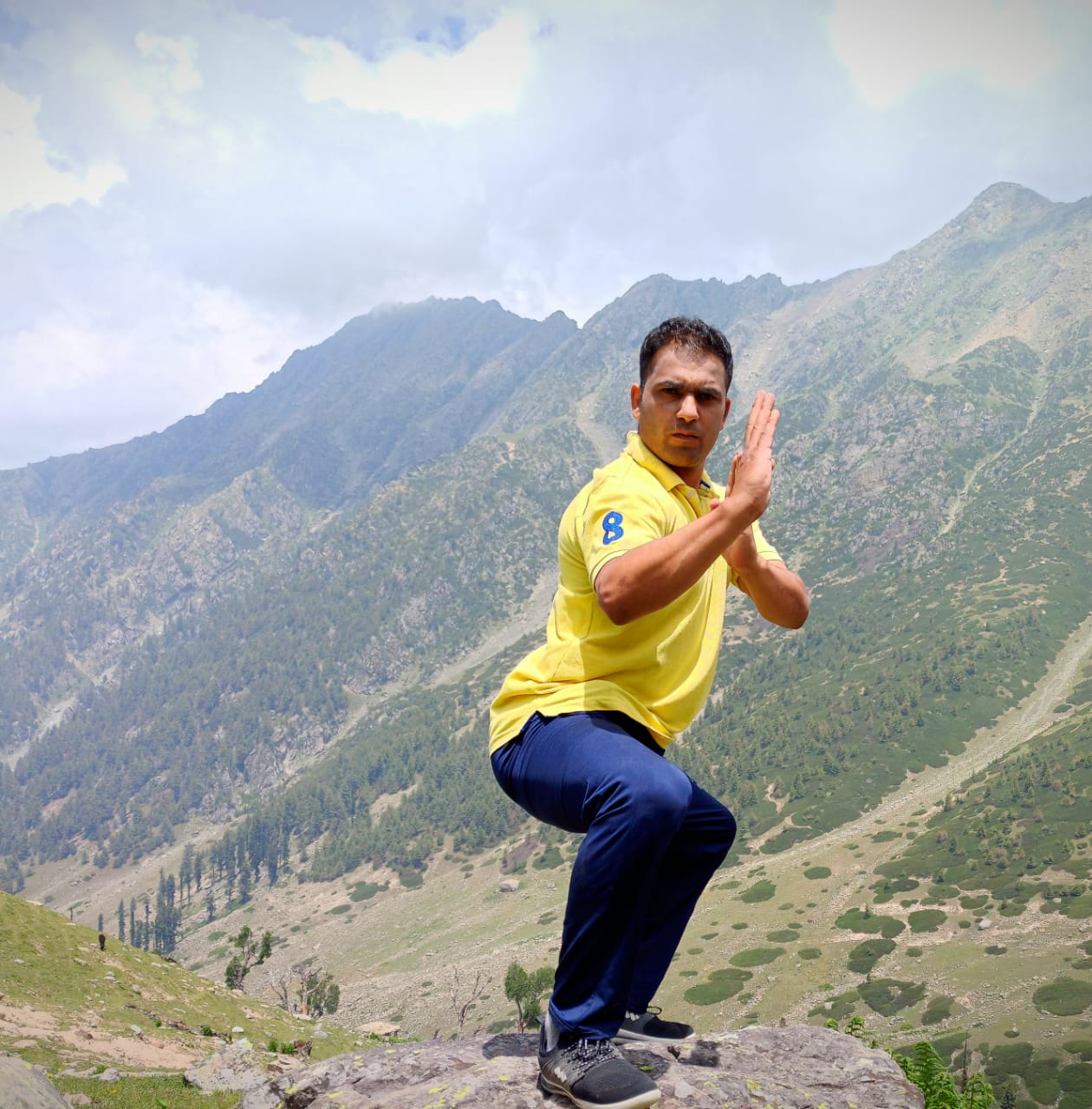
The economic implications are equally significant. A healthy and diverse sports ecosystem creates jobs—not only for athletes but for coaches, physiotherapists, administrators, journalists, equipment makers, and tourism operators. Local tournaments stimulate local markets. International events invite global attention. But most importantly, successful athletes from the region become alternative narratives—testimonies of grit, grace, and grounded excellence. They offer young people role models who are not manufactured by cinema or politics, but carved
through struggle and self-belief.
Kashmir’s geography is naturally suited for adventure and alpine sports. From the crystalline waters of Pangong Tso to the roaring descent of the Lidder, from the pine trails of Patnitop to the unrelenting cliffs of Zanskar—the region is a treasure trove of athletic potential. These are not just tourist attractions. They are waiting to become pilgrimage sites of endurance and excellence. In this sense, the athlete mirrors the pilgrim. Both climb. Both suffer. Both seek to transcend.
Adventure sports can also reimagine the region’s global image. Where once it was seen only through the prism of conflict, it can now become a site of cooperation. Mountaineering expeditions, river rafting challenges, paragliding festivals—these are not merely events. They are conversations across cultures. They offer a kind of diplomacy that is neither brokered nor performative but lived. Shared risk breeds shared respect. And sport offers perhaps the only stage where competition is not
antithetical to peace.
In national policy discourse, sport is increasingly being recognised not just as a vehicle of health and leisure, but as a cornerstone of nation-building. The National Sports Policy underlines its role in inclusion, identity, and international representation. Integrating Jammu and Kashmir into this vision is not charity—it is long overdue justice. It acknowledges that the region is not a problem to be managed but a promise to be honoured.
But this integration must be durable, not decorative. It demands sustained investment in infrastructure—not just in cities, but in rural districts where talent often goes unrecognised. It requires scouting programs, scholarships, and mentorship networks. It asks of schools that they treat playgrounds not as extracurricular spaces, but as laboratories of life. And it requires that civil society, private stakeholders, and community leaders view sports not as spectacle but as social glue.
Underlying all this is the deeper philosophical commitment to the body. In both ancient Indic and Islamic mystical traditions, the body is the site of struggle and submission, training and transcendence. The athlete, like the ascetic, engages in repetitive rituals—runs, lifts, strikes, holds—not out of vanity but out of reverence. In the Himalayan context, this ritualism takes on heightened significance. The air is thin, the terrain demanding. Nothing comes easy. And that is the point. The mountain is not a trophy to be claimed, but a truth to be earned.
To promote sports in Jammu and Kashmir, then, is to affirm the full humanity of its people. It is to say that their bodies matter, their energies matter, their dreams matter. It is to declare that peace is not merely the absence of violence, but the presence of vibrant activity. It is to move from control to cultivation, from management to trust. Let the rivers host rowers. Let the fields resound with cheers, not silences. Let the
peaks witness not only the passage of soldiers but the stride of climbers. Let sport become Kashmir’s new anthem—not of triumphalism, but of dignity, resilience, and return.
